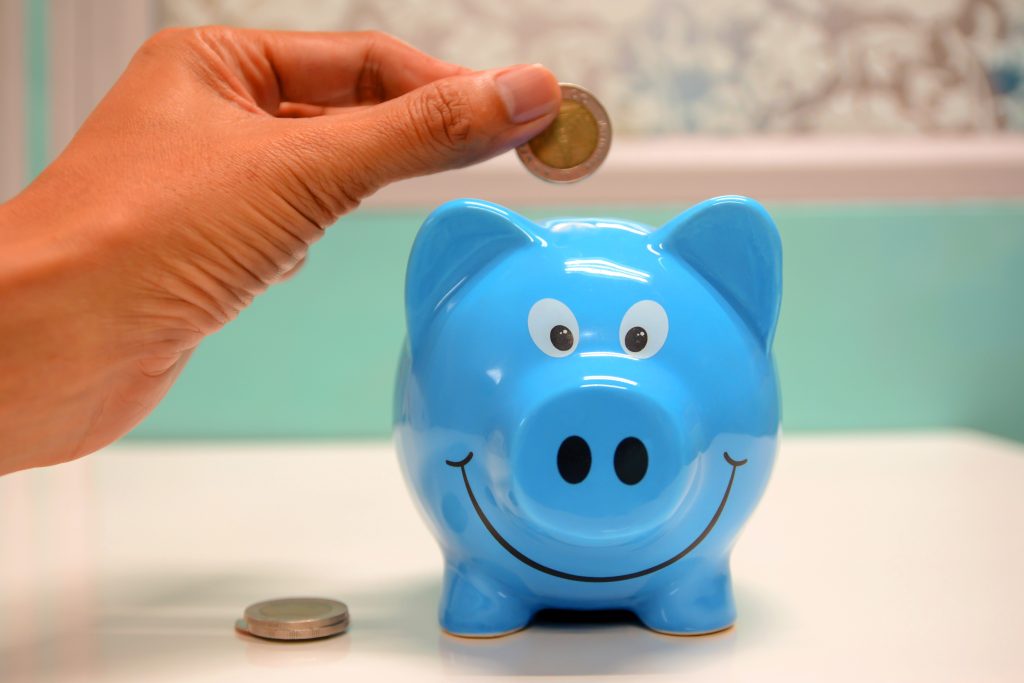October 27, 2023 – The average monthly savings in Croatia reached 73 euros this year. That is a slight increase compared to 2022, when Croatian citizens would save an average of 70 euros per month. The survey was conducted by the agency Imas in August for the needs of Erste Group on a sample of 500 respondents.
As Poslovni reports, the most significant number of respondents (31 percent) set aside 50 to 100 euros per month, while only 5 percent do not have any savings. Erste Bank reported on the results of the survey on Thursday.
The middle age group, from 35 to 59 years old, saves the highest amounts (92 euros) per month, followed by young people from 15 to 34 years old with a monthly average of 73 euros, while the older age group, from 60 years up, saves 43 euros per month.
At the same time, the majority (64 percent) save money by setting aside the amount they have left at the end of the month, as opposed to a predetermined fixed amount. Same as last year, male respondents reported saving a slightly higher amount on average, 79 euros, compared to women’s 66 euros. Nevertheless, the importance of savings remained at the same level as last year, and 70 percent of respondents consider savings extremely or very important.
Average Monthly Savings in Central and Eastern Europe
When it comes to the issue of saving money in other Central and Eastern European countries where Erste Group operates, most respondents see savings as extremely or very important in Slovakia (86 percent), followed by the Czech Republic (85 percent), Romania (84 percent), Hungary ( 82 percent), Austria (81 percent). Saving is also extremely or very important for 68 percent of respondents in Serbia, according to Erste Bank.
The largest increase in the amount saved compared to last year, 23 euros, was reported in Hungary, where average savings now amount to 106 euros. Slovaks follow with 125 euros (+8 euros), Czechs with 144 euros (+7 euros) and Austrians with 307 euros (+6 euros). Respondents in Romania save an average of 67 euros, which is a drop of 3 euros compared to last year. Respondents in Serbia reported the lowest savings amount of 51 euros (+4 euros).
Emergency Situations as the Biggest Motivator
When it comes to reasons for saving, the majority in Croatia (65 percent) save in order to secure a supply for emergency situations. They group of people who save to create a financial background for themselves and their family (44 percent) follows, while 18 percent save for retirement.
The lowest amounts are saved for training and education (8 percent), which is slightly less (-2 percent) than last year. On the other hand, the percentage of those who save for large purchases, such as a house, apartment, car, etc., increased to 28 percent (+5 percent), while respondents who save for travel make 18 percent (-3 percent).
As for saving modes, this year, most people save their money in a current account (51 percent), while the percentage of those who use a savings account or passbook remained at the same levels as last year (37 percent). The percentage of respondents who have life insurance as a form of savings remained the same as well ( 23 percent). 18 percent of the respondents do not have any savings product but keep their money at home or in a safe, which is similar to last year, Erste points out.










